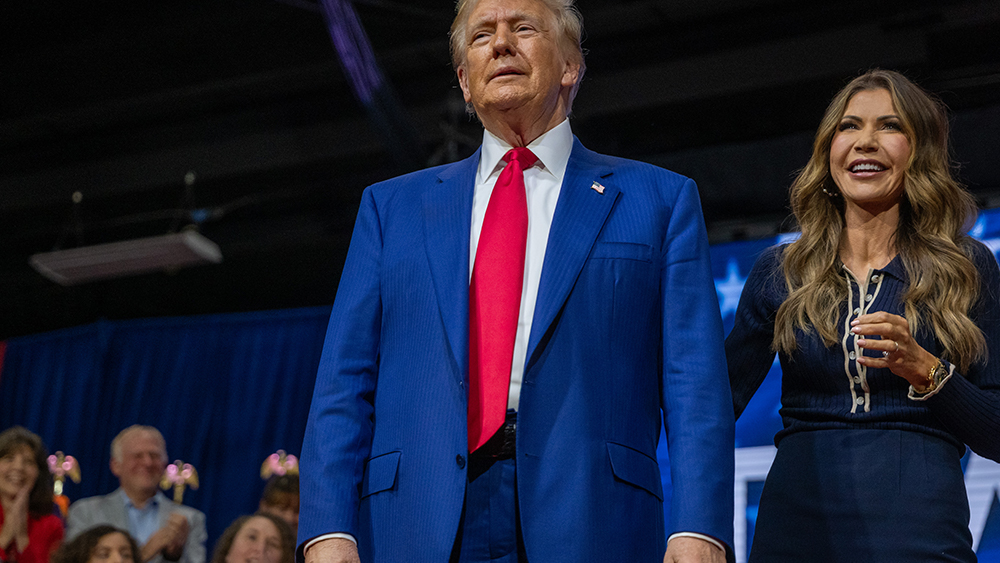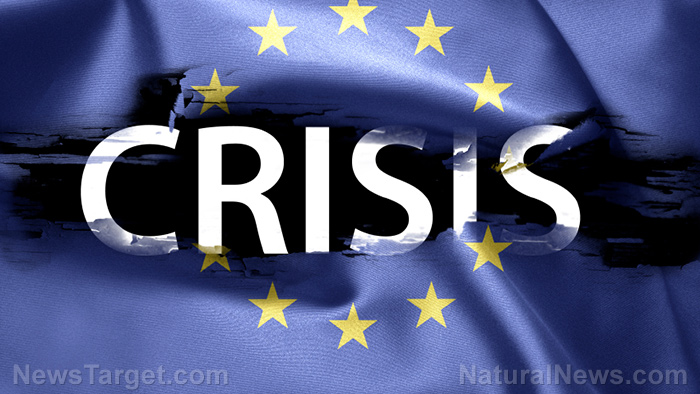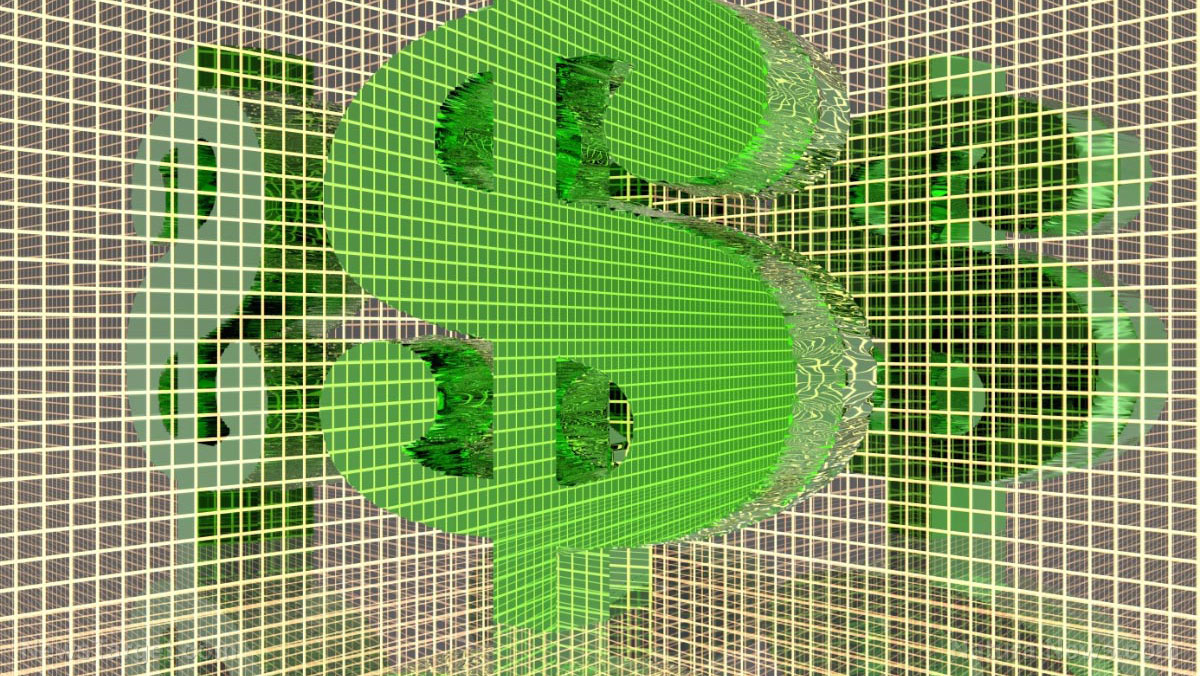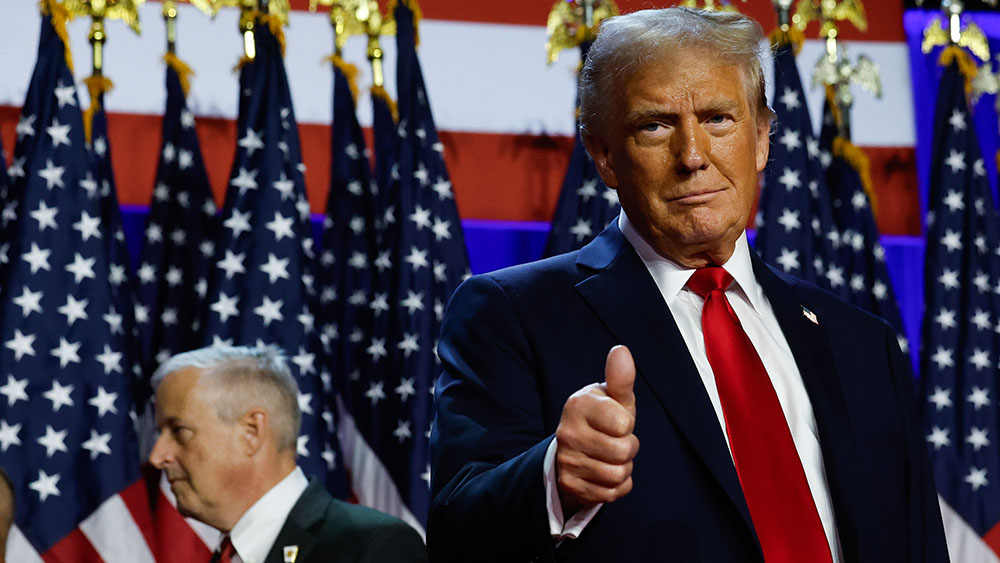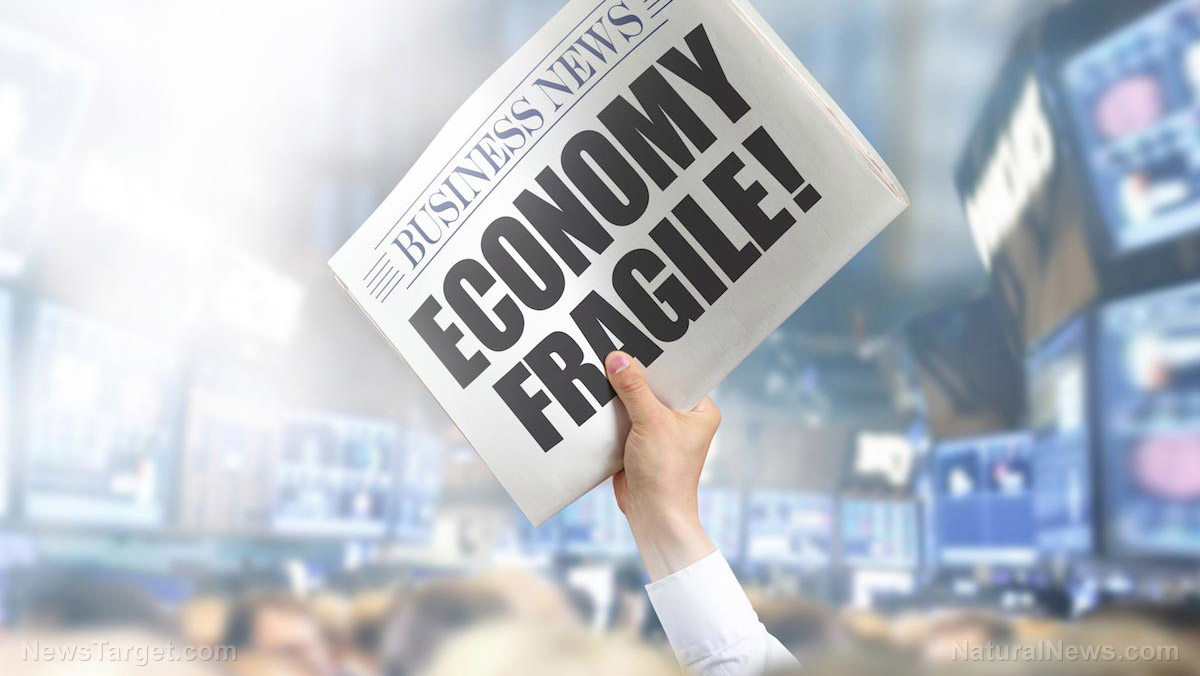“The Mystery of Banking” reveals Murray N. Rothbard’s insights into money and finance
04/10/2025 / By Ramon Tomey

- In “The Mystery of Banking,” Murray N. Rothbard challenges mainstream economic views, emphasizing the role of money supply and banking in inflation, contrary to Keynesian focus on fiscal policy.
- Banks expand the money supply through fractional reserve banking – lending out most deposits while keeping minimal reserves, which can lead to instability and bank runs.
- Societies transitioned from inefficient barter to commodity money (e.g., gold), then to paper currency and modern banking, decoupling money from tangible assets.
- Central banks like the Federal Reserve mitigate crises but enable inflation by uncontrolled money printing, benefiting elites while harming workers and savers (e.g., 1920s German hyperinflation).
- Rothbard advocates for reforms such as a gold standard, free banking (private currency competition) and abolishing central banks to achieve monetary stability and reduce systemic fragility.
Murray N. Rothbard’s “The Mystery of Banking” provides a comprehensive exploration of the financial system, demystifying the complexities of money supply, banking and inflation. The book challenges conventional economic wisdom, offering a critical perspective on how money functions in modern economies.
For much of the 20th century, Keynesian economics dominated financial discourse, emphasizing government spending and fiscal policy while largely ignoring the role of banks and money supply. However, the persistent inflation of the 1970s forced economists to reconsider. The realization dawned that monetary policy – particularly the expansion and contraction of the money supply – played a crucial role in economic stability.
Yet, defining the money supply is not straightforward. Economists use multiple measures – M1, M2, M3 and beyond – each capturing different financial assets. The debate over which measure is most accurate has persisted for centuries. Rothbard clarifies that money includes not just physical cash but also bank deposits, since checking accounts function as readily accessible funds.
A key insight in “The Mystery of Banking” is that banks do not merely store money – they create it. This process, known as fractional reserve banking, allows banks to lend out a portion of deposits while keeping only a fraction in reserve. For example, if a bank holds a 10 percent reserve ratio, a $100 deposit can lead to $90 in new loans – effectively expanding the money supply.
This system, however, is inherently unstable. If too many depositors demand their money simultaneously, a bank run occurs, exposing the fragility of fractional reserves. Historical examples, such as the Great Depression bank panics, illustrate the dangers of this model.
Before modern currencies, societies relied on barter, which was inefficient due to the “double coincidence of wants” problem – finding someone who both wants what you have and has what you want. To overcome this, societies adopted commodity money such as salt, cattle or precious metals.
Gold and silver emerged as dominant forms of money due to their durability, divisibility and universal demand. However, as economies grew, paper money and banking systems developed, leading to the modern financial structure where money is no longer tied to a physical commodity.
To mitigate bank runs, governments introduced central banks such as the U.S. Federal Reserve (established in 1913), to act as lenders of last resort. While this system provides liquidity in crises, it also introduces risks. Central banks can expand the money supply at will, leading to inflation – a general rise in prices as more money chases the same goods.
Inflation does not affect everyone equally. Those who receive new money first (banks, governments and large corporations) benefit before prices rise, while those who receive it last (workers and savers) suffer the most.
The German hyperinflation of the 1920s is a stark example. As the government printed excessive money, prices spiraled out of control – rendering the currency worthless.
Inflation is not just a monetary phenomenon—it’s also psychological. If people expect prices to rise, they spend money faster, accelerating inflation. Once inflationary expectations set in, reversing them becomes difficult, requiring strict monetary discipline.
Given the flaws in the current system, Rothbard explores alternatives:
- The gold standard: Tying money to gold limits arbitrary expansion, ensuring stability.
- Free banking: Allowing private banks to issue their own currencies could foster competition and reduce central bank manipulation.
- Abolishing the Federal Reserve: Some argue that eliminating central banking altogether would let market forces determine the best form of money.
Ultimately, “The Mystery of Banking” reveals that money and banking are far from mundane topics – they shape economic stability, inflation and financial crises. The current system, built on fractional reserves and central banking, is prone to instability.
Understanding these mechanisms is essential for advocating reforms that promote a sounder, more resilient monetary future. Whether through a gold standard, free banking or other alternatives, the quest for a stable financial system remains a pressing economic challenge.
Watch this video about the book “The Mystery of Banking” by Murray N. Rothbard.
This video is from the BrightLearn channel on Brighteon.com.
Sources include:
Submit a correction >>
Tagged Under:
bank collapse, bank runs, banks, Bubble, central banks, commodities, currency, dollar demise, economics, economy, Federal Reserve, finance, Fractional Reserve Banking, gold report, gold standard, metals, money supply, Murray N. Rothbard, pensions, Precious Metals, risk, The Mystery of Banking
This article may contain statements that reflect the opinion of the author
RECENT NEWS & ARTICLES
COPYRIGHT © 2017 RISK NEWS



